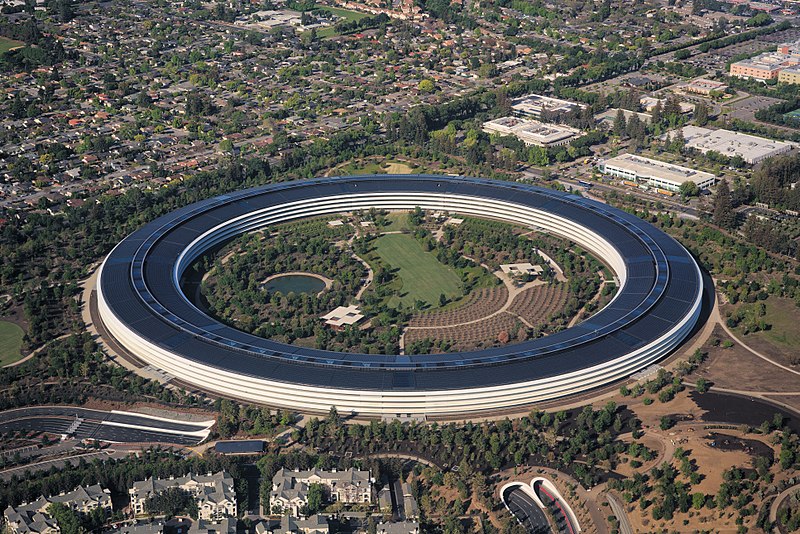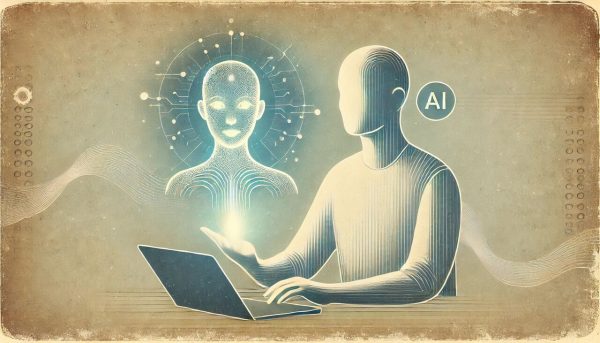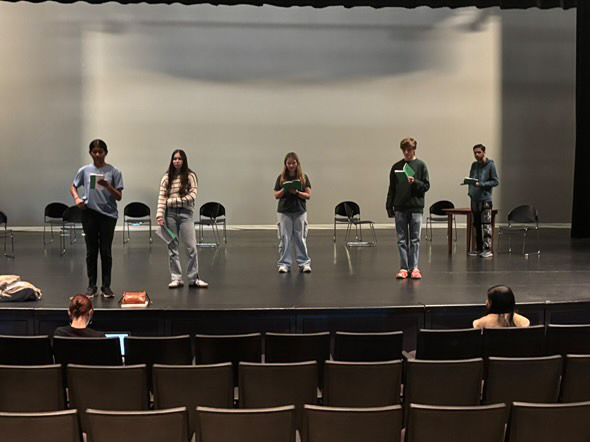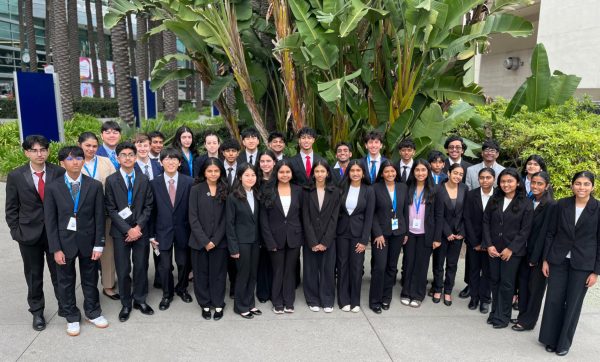The Growing STEM in the Bay Area
Being in the Bay Area, we are all surrounded by large and successful tech companies—yet many of us aren’t aware of or involved in the projects and great technological innovations that go on behind the closed doors of these buildings. This is expected to change in the next few years, as the Bay Area is ramping up on education in the fields of science, technology, engineering, and math (STEM).
According to the San Francisco Business Times, California is expected to add 200,000 STEM related jobs in the next five years. There may be an issue in finding that many workers. Audrey Dow, the Senior vice president of the campaign for college opportunity told the San Francisco Business Times that not enough students were planning on going into the tech field to fill these new expected positions because of limited capacity at four-year universities in California. However, training an eager, “techy” generation may increase the number of workers in the tech industry in the coming years, and help not only the California economy but also technology consumers all over the world.
In 2018, Governor Brown signed a 6.1 billion dollar increase in funding for schools, which alloted 400 million dollars for programs involving STEM. This involved 15 million dollars for after school coding classes for students, according to EdSource. According to Comptia, the California technological industry adds about 385 billion dollars to the state’s economy, which is about sixteen percent of the state’s economy. Because California is a large producer of workers in the technological field, California will benefit from having more children grow up exposed to STEM and get involved in the tech industry.
Recognizing the value of STEM education, UC regents have said people applying to the UC schools starting next year may count a computer science class following the Next Generation Science Standards as a science. Next Generation Science Standards are an effort to integrate more core concepts, scientific testing material, and evaluation of scientific evidence in science courses. Ms. Hardy, the computer science teacher at Wilcox, says that an application has been turned in to approve Wilcox computer science classes as the kinds of courses that will count towards science credits, and she is “Ninety percent positive it’s going to pass.” Ms. Hardy believes that this will encourage more students to take computer science. Wilcox has seen an increase in the variety of computer science classes over the years. Recently, Wilcox created the Maker Space, a place where students can program machines to cut vinyl patterns to use as stickers.
Wilcox has made a lot of progress in integrating STEM education, but not quite like the STEM Leadership Institute (SLI). The SLI was launched in 2014; the program allows for a cohort of sixty students all over the Santa Clara school district every year to enroll at Cabrillo Middle School starting in seventh grade and participate in afterschool activities like robotics, coding, 3D printing, science fairs, and more throughout the year and during summer. The program carries students all the way to their senior year of high school and aims to allow children who are interested in STEM to participate in STEM related activities. Janet Wu, the director of the SLI adds, “Regardless if students actually pursue a STEM career, those skills will go a long way in understanding the ever-changing world around us.” Wu says that she has seen students taking more and more interest in computer programming and technology, because the program gives students the opportunity to identify areas of STEM that they are passionate in. Many organizations in the Bay Area fund STEM programs like the SLI; the largest network being the Bay Area STEM Ecosystem, which includes organizations like Broadcom, the California Academy of Sciences, the Computer History Museum, and more.
The Bay Area has come a long way in terms of tech education. Ms. Hardy recounts that when she began teaching computer science in 2010, there were no computer science classes available for students, even though by then, the major tech companies of the Bay Area had long established themselves as successful and influential companies. The education system lagged behind the flourishing economy next door. Ms. Hardy says, “I worry that education’s about thirty years ahead at being twenty years behind. It’s kind of frightening.” However, knowing how hot a commodity being talented in STEM is, many students may feel intimidated by the field. To combat this, Ms. Hardy says that computer science courses should start at a basic level where students can have fun and explore computer science without being intimidated by it. “That’s what causes stress—when teachers aren’t clear what you need to do or what it will take. If they’re clear, then it’s like, hey, I can do this.”
There is no doubt that in this technologically driven area of the world it is important for all students to have the opportunity to learn about science, technology, engineering, and math. Due to efforts of the government, college boards, nearby non-profit organizations, and school administrations, our generation and the generations to come will likely have more opportunities to be involved in the technological world.






